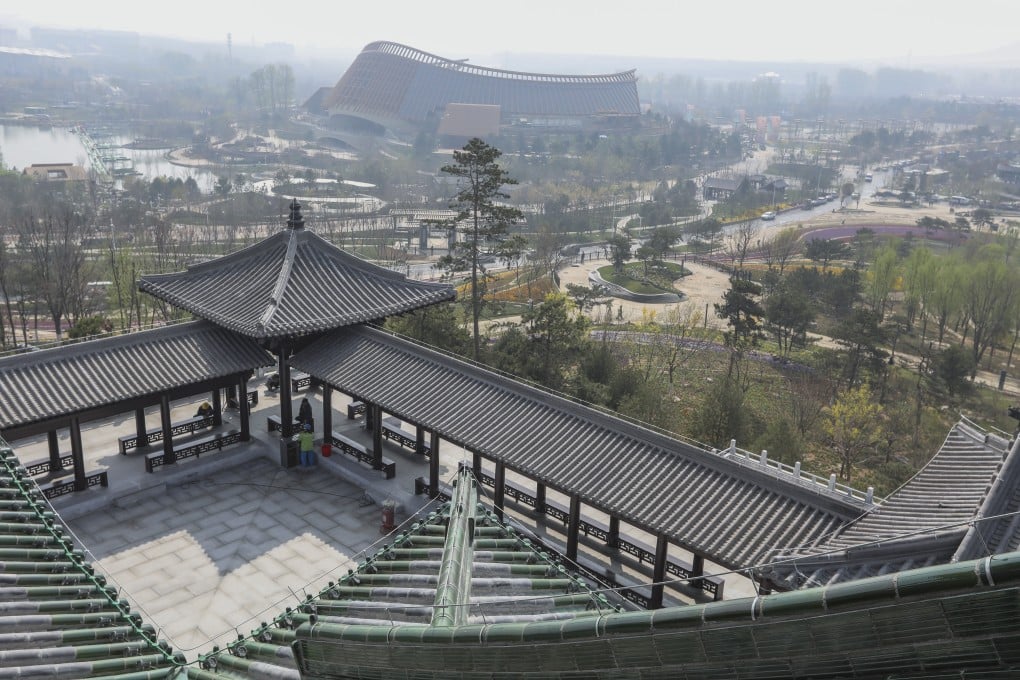China pulls out all the stops for a flower show with a difference
- The Chinese authorities hope that the Beijing International Horticultural Exhibition will not only draw millions of visitors but also help its diplomatic efforts

China is making the final preparations for a flower show with a difference – it has not only been billed as the biggest event of its kind, but as something the authorities in Beijing hope will bolster the country’s standing on the world stage.
Although the event may not have the same profile as the 2022 Winter Olympics, which the Chinese capital will host, the authorities have devoted considerable effort and resources to staging the Beijing International Horticultural Exhibition.
It is expected to attract millions of visitors and has been described by Vice-Premier Hu Chunhua, the chairman of the event’s organising committee, as “a major component” of this year’s diplomatic setpieces and follows hard on the heels of a naval parade off the coast of Qingdao earlier this week and the Belt and Road Forum, which ends on Saturday.
Held on a site three times the size of New York’s Central Park, state media reported that the event would feature exhibitions from more than 110 countries or international organisations.
In addition, 11 foreign leaders or their special envoys are expected to join President Xi Jinping to attend the inauguration ceremony on Sunday.
Most significantly, the delegation is expected to include senior Vatican officials amid a thaw in relations following an agreement on the appointment of bishops.
The five-month expo will be held in Beijing’s Yanqing district at a site 74km from the city centre which will also host some events of the 2022 Beijing Winter Olympics.